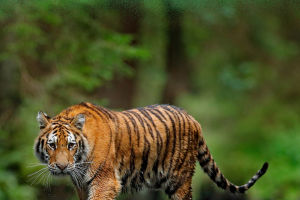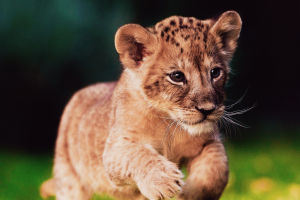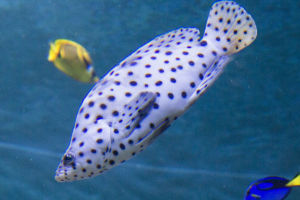Scientists have found that all modern bison carry small, clearly identifiable pieces of DNA inherited from cattle in their genomes. Apparently, bison and domestic cattle have interbred several times over the past two hundred years, as a result of the dramatic decline in bison numbers in the early 19th century.
Bifalo- a hybrid of a bison and a bull: usually bred artificially for a purpose, but now it turns out that there are no pure bison in nature.
The idea that interbreeding with domestic cows could pose a threat to the genetic heritage of bison was first proposed in 1995, but unfortunately the situation has not improved since then.
Scientific Reports
A recently published article convincingly demonstrates that all major genomic lines of modern bison are not purebreds and that all bison existing today are hybrids of the original species and various livestock breeds.
A team of researchers at Texas A&M University's College of Veterinary Medicine and Biomedical Sciences compared the genome sequences of major historical bison lineages (19 moderns and six museum lines) with the genomes of 1,842 domestic dairy cows.
In all of the bison genomes analyzed, the scientists found traces of interbreeding, that is, at least one ancestor of the bison that did not belong to the species.
These findings refute results obtained by the same scientists 20 years ago, in which they spoke of several genetically pure herds: Now, with more modern genetic techniques available to them, these researchers have shown that even "pure" herds carry trace amounts of hybridization.
A map showing the population from which genetic samples were taken. Circular markers indicate modern bison populations and triangular markers indicate historical populations, whose material is represented by museum specimens.
Green marks indicate prairie bison populations, blue marks indicate wood bison, and red marks indicate mixed populations. The dotted line shows the historical range of the bison.
Unfortunately, bison are unlikely to escape "genetic contamination": their mass extinction abroad has brought these animals almost to the brink of total extinction. Uncontrolled hunting, the decline of available pasture land, and epidemics of infectious diseases have pushed bison numbers from the millions to the hundreds.
As a result, the only surviving representatives of the species in North America are semi-domestic bison from private ranches whose owners use wild animals to improve the quality of their livestock. As a result, conservationists had to specialize in hybrids when programs to restore the bison began in the 1870s.
The obtained data, despite their talk of what is believed to be an irreversible loss of the bison's genetic identity, open up new opportunities for the conservation of existing animals. Since the main problem with modern bison herds is low genetic diversity, the lack of "purebred" bison populations may allow them to interbreed more freely and possibly for controlled crosses with livestock.


